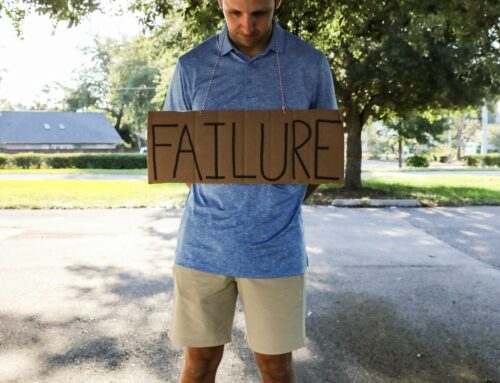
“Part of the reason an ad man like Don Draper in Mad Men was able to take naps and be creative all day was because he had a secretary doing all the paperwork and meeting-setting and telling him where to be and when. He just thought big thoughts.”
– Anne Helen Petersen, “The Expanding Job”
Every talk on burnout I’ve ever done has included an introduction to the idea of “invisible work.”
Invisible work is all that stuff that is necessary, but unrecognized as “work.” It’s the sort of thing that often falls to women and people of color. But a recent article from Anne Helen Petersen (see above) highlights how everyone’s job has expanded significantly, and increasingly, to include more and more invisible work, stuff like setting up meetings, organizing, training, not to mention monitoring email, Slack, and instant messaging.
When people ask me what I do, I talk about the work I do with clients: I work with people as a coach and psychotherapist. I do public speaking and training. But there’s a whole host of other things I don’t talk about: I do most of my own accounting, manage an Instagram account, send out a newsletter, manage email, network with other therapists and coaches, and sometimes I take on bigger projects that I hope will make some of that stuff take less time, like finding and learning to use tools that help me organize things better. I read a LOT to stay on top of my areas of expertise. Occasionally I clean my office and restock the coffee and tea selection. All of that is invisible work. Nothing I’m doing to directly support clients would be possible without it, and it takes time and energy.
This sort of work is part of every job, and in the vast majority of cases, the time and energy it requires is grossly underestimated.
To prevent burnout, it’s important to get very clear on what invisible work you’re doing.
Why?
We don’t get credit for invisible work. We may have productivity goals that we’ve set, or that managers have set for us, and invisible work is never reflected in those goals, but it’s necessary if we’re going to achieve those goals.
If we don’t know what that invisible work is, we’re flying blind when it comes to knowing what capacity we have and how long things will take. If I don’t save time to handle my accounting and Instagram or clean up my office, I’ll wind up doing that after hours and then wondering why I can’t seem to get it together enough to be done at a reasonable time.
If I don’t even know what my invisible work is, I’m less likely to give other people credit for doing their invisible work either. A lot of managers pass along unreasonable workloads because they’ve completely missed the invisible work the people under them are required to do.
Taking a regular inventory of the invisible work you’re doing means you get in the habit of seeing it and acknowledging it. You get in the habit of seeing the invisible work other people are doing also. If the workload that’s been handed to you is unreasonable (and often, in Corporate America, it is), then being able to see your invisible work will keep you from internalizing that insanity and beating yourself up about not being able to find the right life hack to make it manageable.
Share this article

Kathryn Stinson
I help passionate people identify and dismantle the cultural drivers of burnout, so they can serve their big visions without burning out. Find information and strategies for dealing with burnout here, or reach out to work with me.
Subscribe
Each month I take a deep dive into one aspect of resisting burnout.
Monthly Deep Dive Letters name cultural dynamics that generate burnout and open doors to imagining how we might do things differently. For examples of what I write about, take a look at the blog.
No productivity tips, and no motivational pep-talks. Just in depth, thoughtful content to support you in resisting burnout culture. You’ll also be notified of new events and programs.





